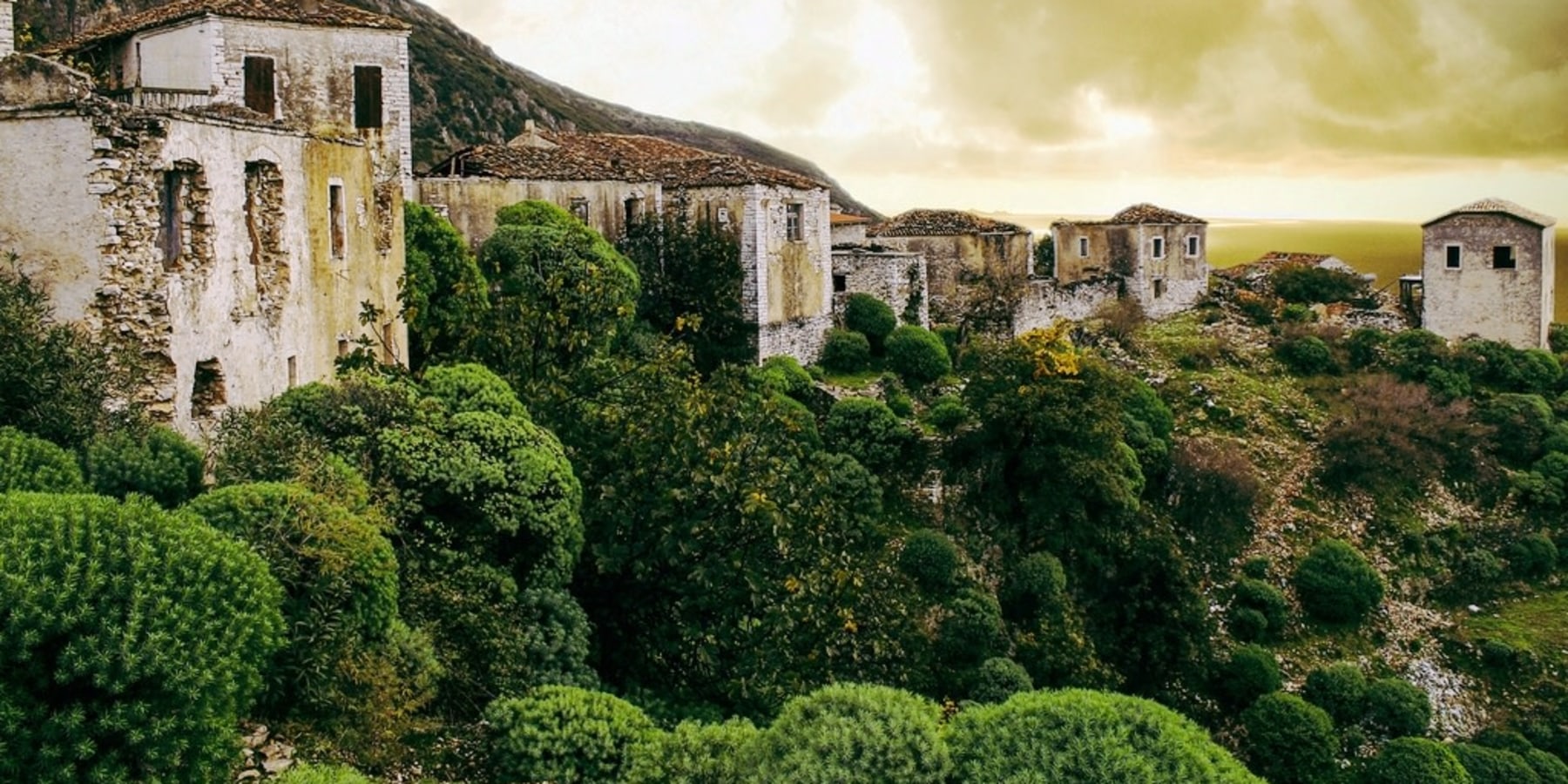
Here are the top 30 small places in full, including scenic hilltop communes, coastal fishing villages and more:
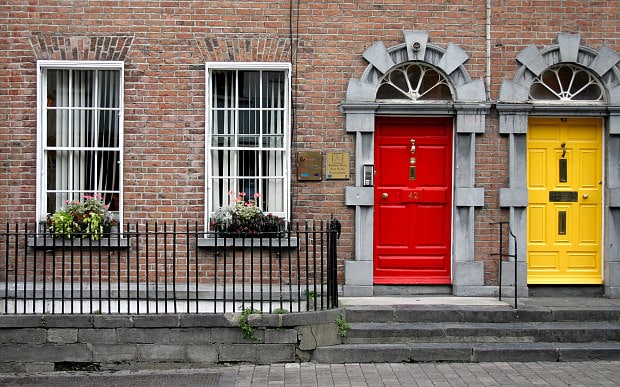
Kilkenny, Ireland
On the banks of the River Nore in the province of Leinster, Kilkenny is often referred to as a city though it is the size of a large town. Its heritage is on display in the form of Kilkenny Castle, St Canice’s Cathedral and its medieval walls.

Berat, Albania
Mangalem, the city of Berat’s old town, sits on the banks of the river Osum and is a Unesco World Heritage Site. In medieval times it was a frontier town of the Byzantine Empire, to which its citadel testifies.
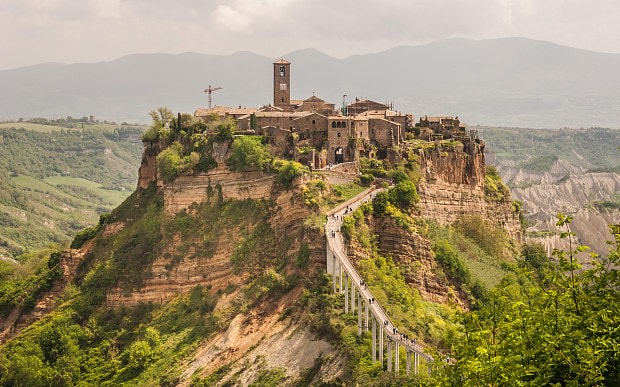
Civita di Bagnoregio, Italy
With a permanent population of fewer than 10 – but 600,000 annual tourists – the hilltop village has become a focal point of central Italian holidays. It is, however, at risk from the steady erosion of its volcanic perch.
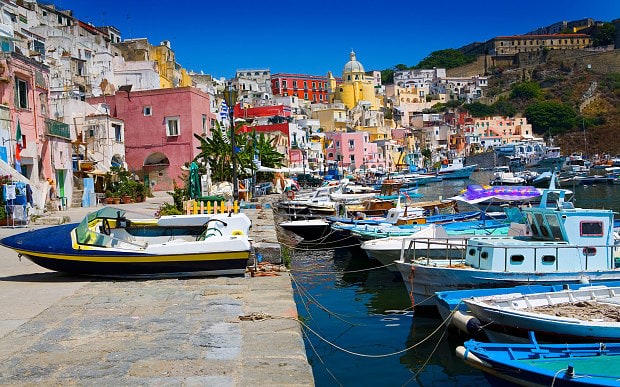
Procida, Italy
“Procida is enchanting, like an imaginary Italian island come true. The architecture, with houses apparently blending into each other or separated by intertwining passages in a riot of pastel colours, is like something from a film set,” explains our guide to the best Mediterranean islands.
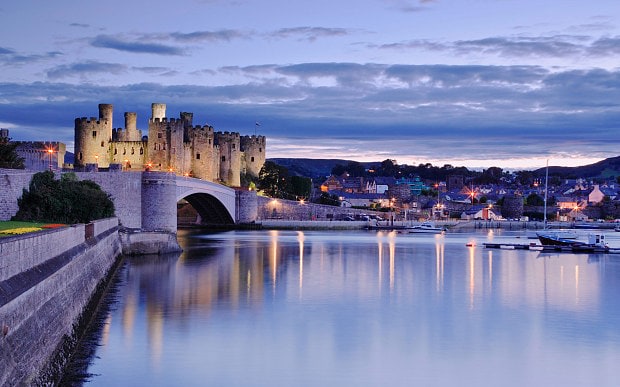
Conwy, Wales
“It has a wonderful approach, not just during the day but at night, too. It is one of the Europe’s finest medieval towns,” wrote a reader when a Telegraph guide to the best towns in Wales omitted Conwy. Its medieval walls and castle are highlights.
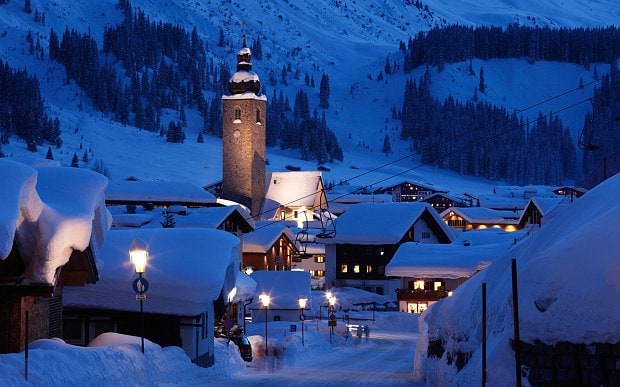
Lech, Austria
A fashionable Austrian ski resort whose charm is often amplified by a covering of snow, Lech is an old farming village set high in a valley that spends large parts of winter cut off from the outside world, until the Flexen Pass can be cleared.
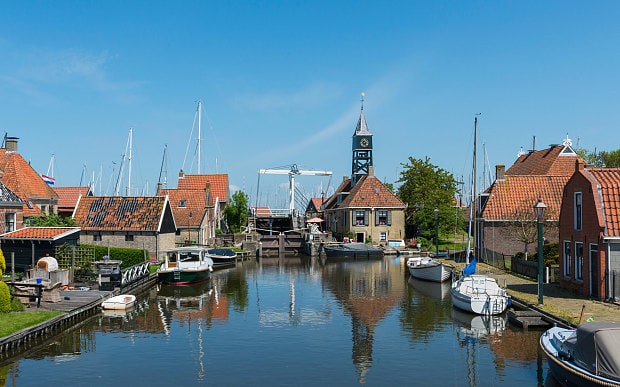
Hindeloopen, Netherlands
Readers will perhaps have heard of this town in northern Netherlands thanks to the winter ice skating on the frozen Ijsselmeer inland sea nearby. The old city itself has its own language, a mixture of West Frisian, English, Danish and Norwegian.
• The ultimate world bucket list: 25 things to do before you die
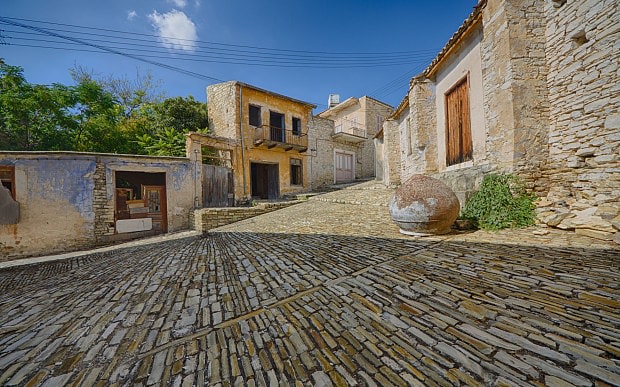
Lefkara, Cyprus
Famed for its lace, Lefkara is a village in south Cyprus. According to legend, Leonardo da Vinci visited in 1481, and purchased a lace cloth for the main altar of the Duomo di Milano.
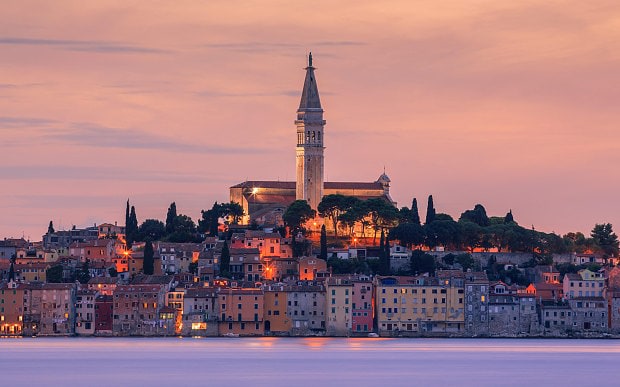
Rovinj, Croatia
“The car-free old town is made up of Venetian-era pastel coloured houses built around a pretty fishing harbour and overlooked by a hilltop church,”writes our Croatia expert Jane Foster. “The food is pretty good too, with local cuisine influenced by the region’s affinity with Italy.”
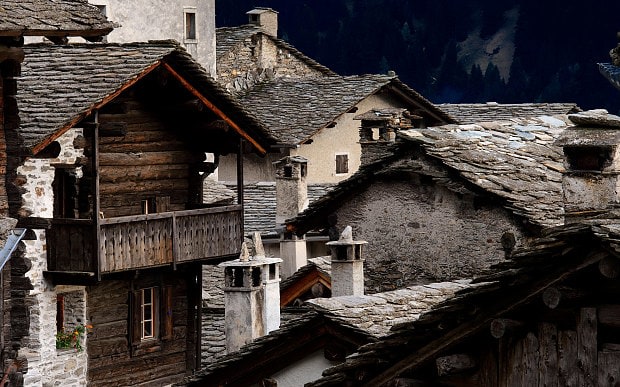
Soglio, Switzerland
Austrian painter Giovanni Segantini described Soglio as “the gateway to paradise”. High in the Swiss Alps, the village of 300 is also famous for its flowers – when not coated in snow.
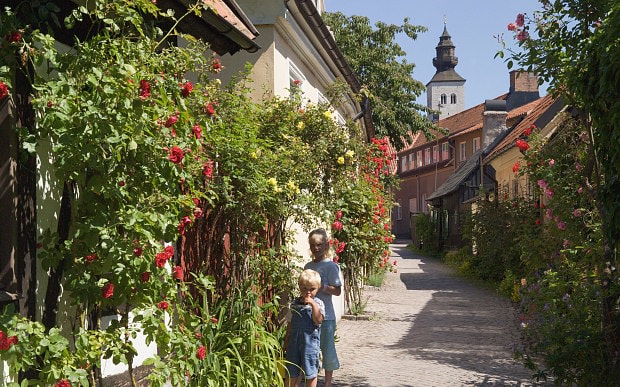
Visby, Sweden
On the Swedish island of Gotland, Visby is a popular summer holiday destination for Scandinavians. It also thought to be the home of one of the best-preserved medieval cities in Scandinavia, and is a Unesco World Heritage Site.
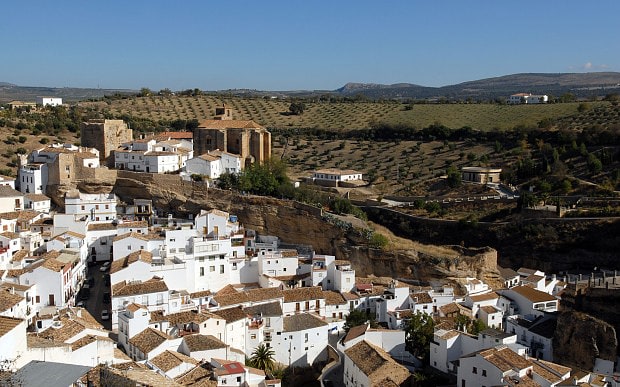
Setenil de las Bodegas, Spain
Famed for its dwellings built into the rock, Setenil de las Bodegas, 100 miles north east of Cadiz, has also gained a reputation for its chorizo sausages from pigs bred in the surrounding hills.

Piran, Slovenia
On the Adriatic coast, the Venetian-style town of Piran is a fishing port with exquisite piazzas, churches and labyrinthine streets and fabulous waterfront fish restaurants.
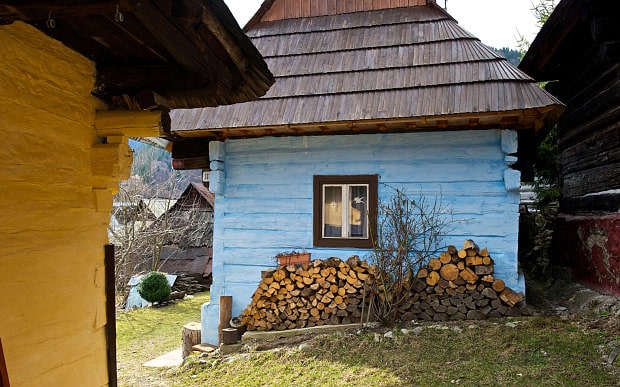
Vlkolinec, Slovakia
Another Unesco World Heritage Site, this small hamlet is “a remarkably intact settlement of 45 buildings with the traditional features of a central European village,” says Unesco. “It is the region’s most complete group of these kinds of traditional log houses.”
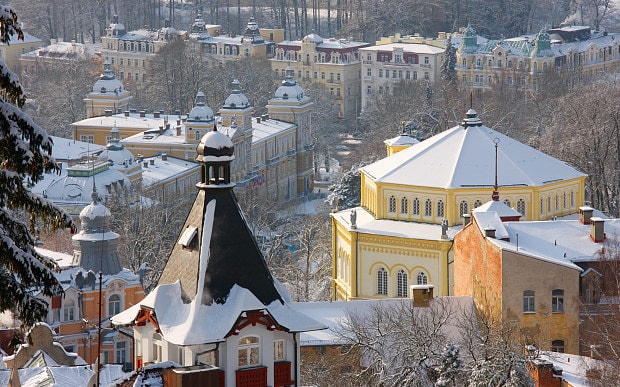
Marianske-Lazne, Czech Republic
A famous Eastern European spa town where “famous composers, exhausted intellectuals and jaded aristocrats came to enjoy the restorative treatments and social whirl,” according to Claire Gervat, who visited for the Telegraph.
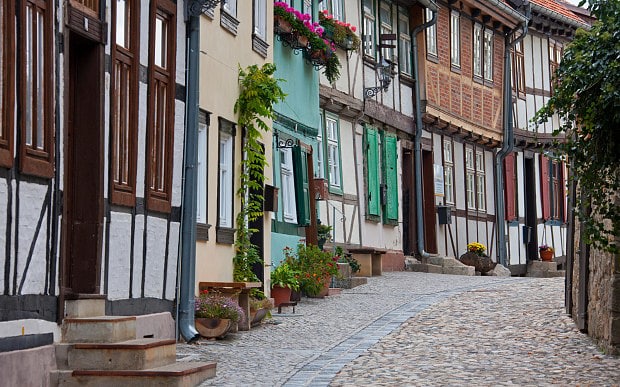
Quedlinburg, Germany
British writer Simon Winder described Quedlinburg as a “daft little Harz Mountain town” and said that its sheer beauty was never far from his mind. He misses its “rambling street pattern, the beauty of the countless, red-roofed half-timbered houses and, of course, the 'pocket Schloss' perched on its hill with a beautiful Romanesque abbey.”
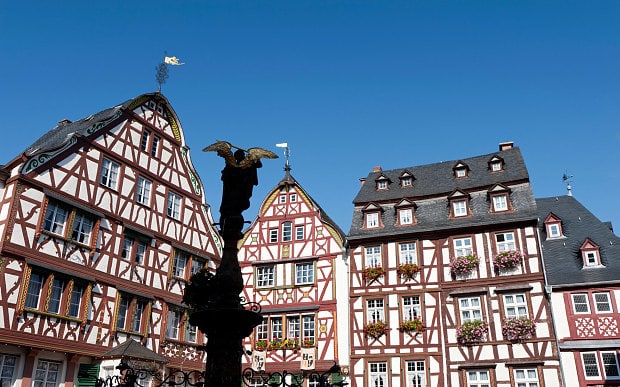
Bernkastel-Kues, Germany
A “health resort” recognised by the state, Bernkastle-Kues is also, paradoxically, in the heart of a well-known wine-growing region. Its medieval marketplace is a popular draw, border by gabled timber-frame, 17th century houses.
• England's best villages
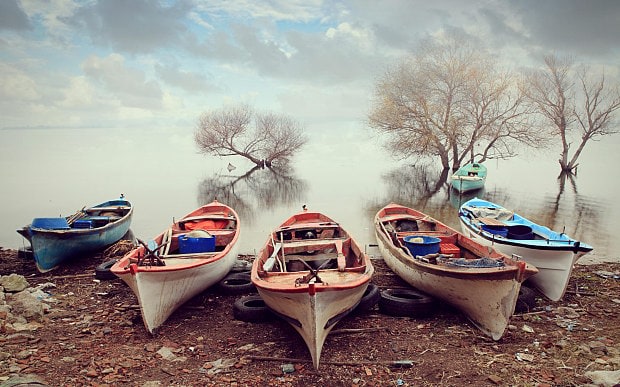
Golyazi, Turkey
Golyazi, an ancient Greek trading city, is on one of the few islands dotted about the waters of Lake Uluabat.
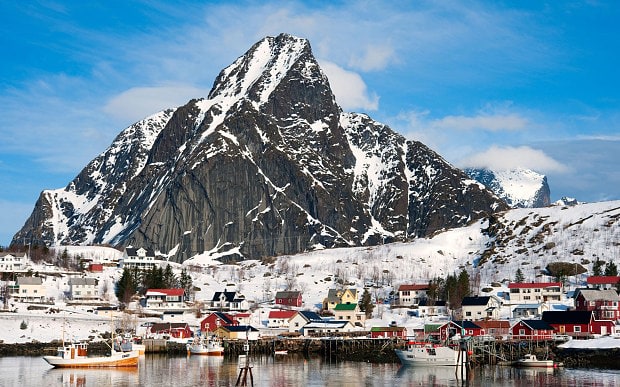
Reine, Norway
Reine is set on the coast of one of the Lofoten Islands, “called the soul of Northern Norway, a region of pretty villages, blue-watered bays, flower-covered meadows, dramatic cliffs, towering mountains and a silken Arctic light,” according to our expert Tip Jepson.
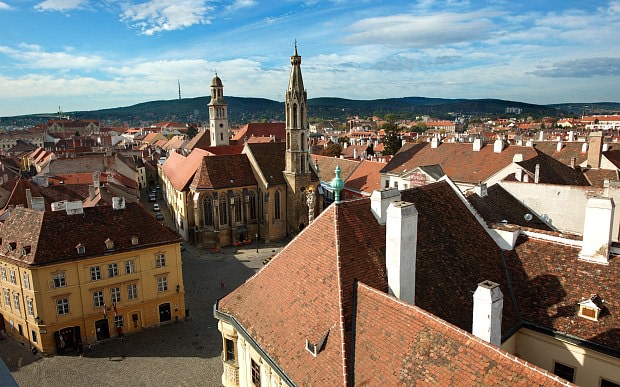
Sopron, Hungary
The site of a diplomatic picnic that helped end communism in Eastern Europe in 1989, Sopron is also home to more than 300 dentists.
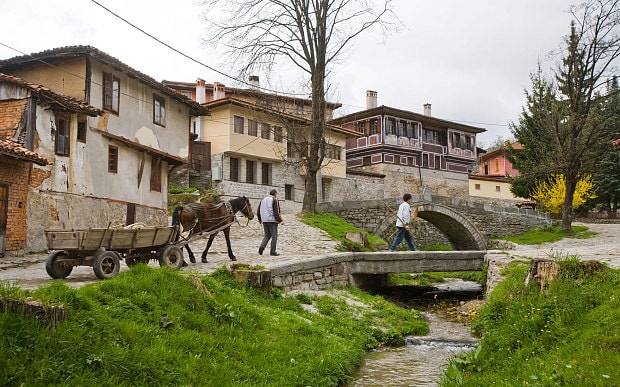
Koprivshtitsa, Bulgaria
“It was here that the struggle for independence from the ‘Turkish yoke’ kicked off in 1876, and today Bulgarians recognise its significant place in their history,” wrote Robert Nurden for the Telegraph. “This picturesque town of half-timbered buildings, guarding the Sredna Gora Mountains and divided by the meandering River Topolnitsa, hosts important music and folklore festivals.”
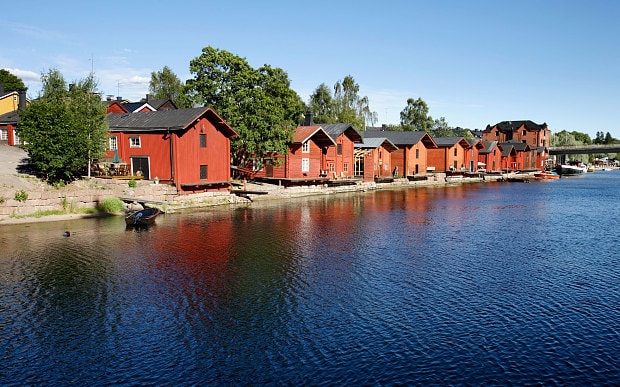
Porvoo, Finland
The second oldest town in Finland, on the coast of the Gulf of Finland, dating back to the early 14th century. Its old district is made up of a pattern of dense, medieval streets and wooden houses.
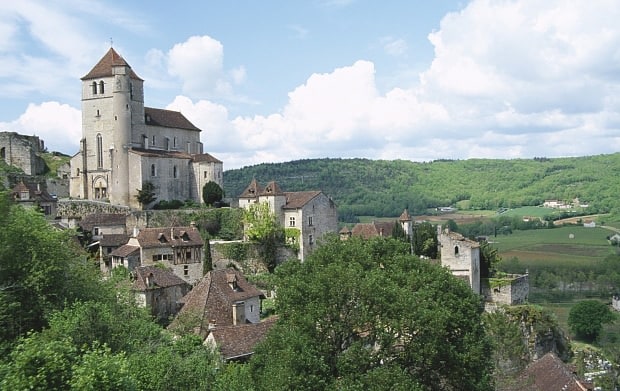
Saint-Cirq-Lapopie, France
A medieval town with 13 listed historic buildings perched on a cliff 300 feet above the River Lot. Saint Cinq Lapopie, enclosed by fortified gates, sits below its fortress.
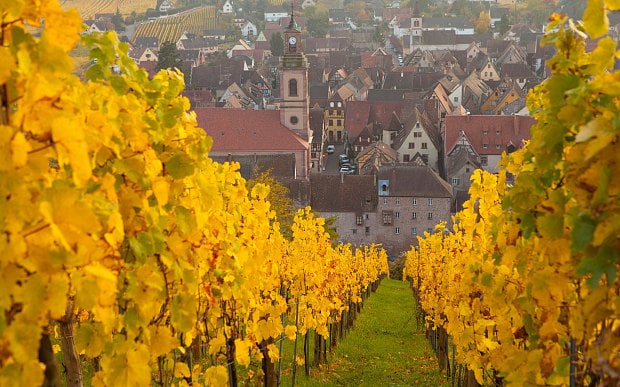
Riquewihr, France
A famous part of the Alsace wine-growing region, Riquewihr is “the prettiest village in the region, its medieval defensive walls still largely intact, and many of the half-timbered houses hemming the narrow streets date back to the 16th century,” according to Nick Trend, Telegraph Travel’s deputy editor.
• England's best villages
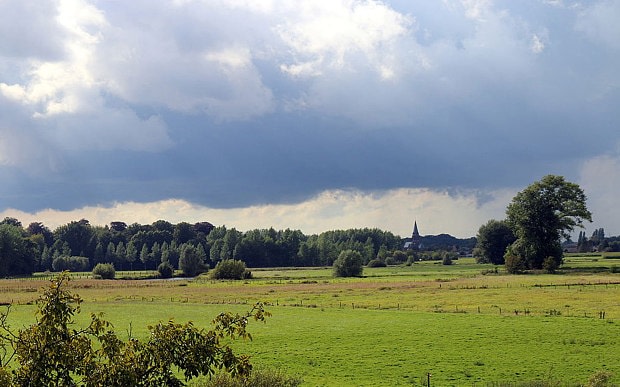
Sint-Martens-Latem, Belgium
A small town in East Flanders, it has been home to a number of famous painters, including Gustave de Smet and Constant Permeke, probably owing to its bucolic setting.
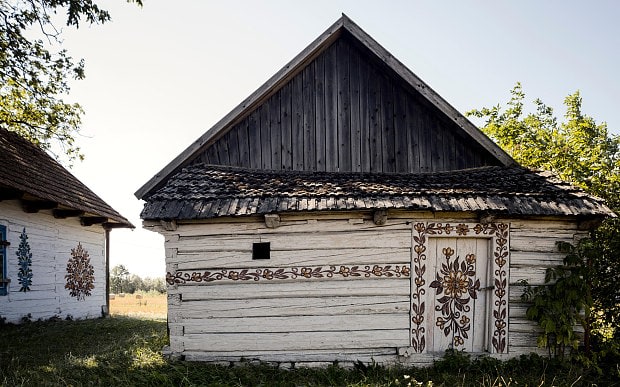
Zalipie, Poland
This village in southern Poland is best-known for its cottages decorated with intricate designs. The custom was reportedly begun by the women of the village more than a century ago.
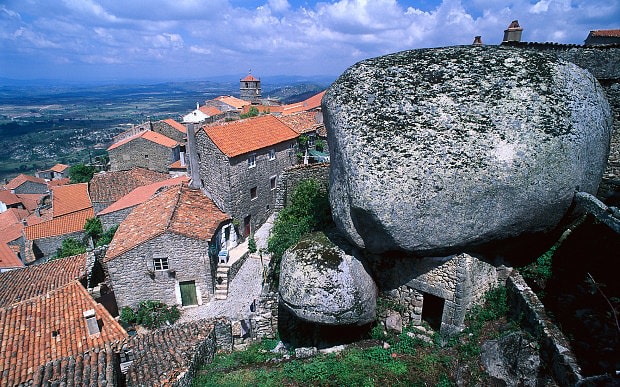
Monsanto, Portugal
Monsanto is a mountain-top village in eastern Portugal where the homes were built to coexist with enormous boulders. Some of the rocks form walls and ceilings to various houses, which date back to the 16th century.

Ohrid, Macedonia
This Macedonian city is on the shore of a lake of the same name and is one of only 28 sites around the world that qualify for Unesco’s lists of both cultural and natural sites.
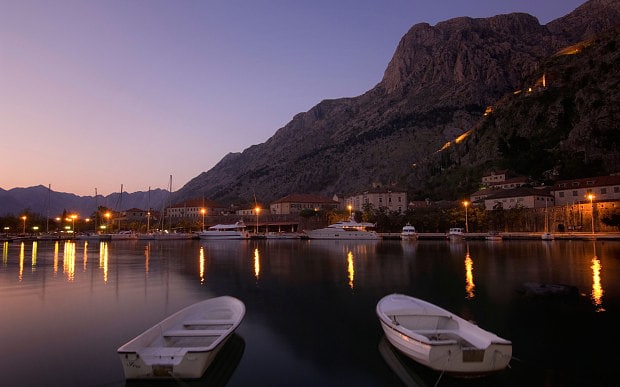
Kotor, Montenegro
Another Unesco-listed town, Kotor is “a place full of Venetian-inspired architecture and tiny twisting streets of white stone bearing workaday names such as Milk Street and Bread Square," writes Julia Warren, who visited for the Telegraph.
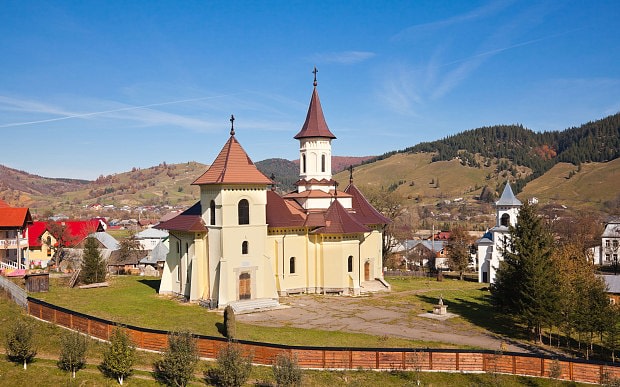
Gura Humorului, Romania
In the north of Romania, Gura Humorului is a town nestled in a depression near where the Moldova and Humour Rivers meet, replete with an array of colourful buildings.

